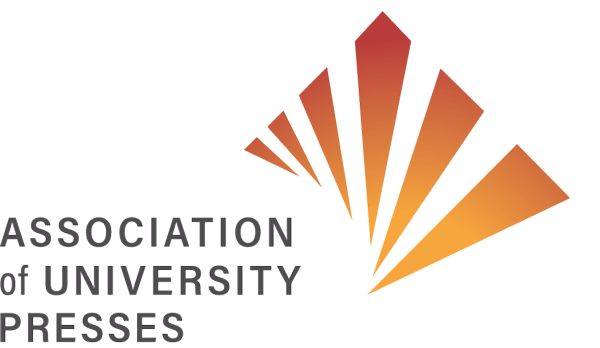- Categories: Policy and Advocacy
- Tags: Environmental Action, Management
A Best Practices Guide
This document was adapted by the 2010-11 Eco Committee from a resource shared by Lindsay Toland (Yale). While we hope some tips might have achieved wide-spread adoption, and more remote work may render some less relevant, these are still a good spark to new habits and workplace practices.
A sustainability initiative in your office doesn’t have to be overly complicated or expensive—starting small can lead to significant improvements. The more you educate your colleagues and keep sustainability on their radar, the more likely they are to make sustainable decisions in day‐to‐day life.
Here are a few simple steps to get started:
Start a green team!
- Chances are you are not alone in your desire to make your office a more environmentally‐friendly place. Conduct monthly get‐togethers with likeminded green folks, and brainstorm about what changes you can make.
- Email a “green tip” to your company once a month and educate your colleagues in a creative way. Some tip suggestions:
- “Bring a reusable travel mug to your local coffee shop, and you’ll likely get a discount!”
- “Reuse FedEx boxes!”
- Share your company’s recycling policy – even if it seems obvious, this bears repeating!
- “Close your blinds at night to prevent heat from escaping!”
- “Bring a plant into your workspace. Plants filter and purify the air, control humidity, and absorb carbon dioxide and emit oxygen.”
- Ask to have a few minutes to speak at your staff meeting so that you can share goals and achievements with your colleagues.
- Find out what your University’s “green” position is, and try to align your office with it.
Post “green” signs in common areas around your office
- Examples: a reminder to turn off lights when leaving a room or at the end of the workday; encouragement to take the stairs instead of the elevator.
- Move these signs around or periodically replace them with new signs so that they don’t become part of the “wallpaper.”
Reuse “gently used” paper
- All too often, someone prints a document that they end up forgetting about or not needing. Instead of recycling this paper, reuse it by either printing draft documents on the other side *or*
- Create scrap paper pads! Use a paper cutter or even just a ruler to cut or rip 8 ½ x 11 sheets of scrap paper in half, and fasten the sheets of paper together with a binder clip. Voilà, instant note pad! This also reduces the need to order note pads through your office supply manager.
Double‐sided printing and photocopying
- Most printers and photocopiers have an option for double‐sided printing. Encourage your colleagues to make this their default setting. You also may want to make this one of your green signs, and post it next to each photocopier and printer!
Desk‐side recycling
- Hopefully your office has recycling bins in all communal areas. However, do you have desk‐side recycling? If possible, secure desk‐side recycling bins for everyone at the office, along with a smaller trash can. Having recycling close by will encourage your colleagues to think twice before putting paper in a trash can. Reducing the size of the desk‐side trash bins may lower waste, as well.
Get rid of paper cups
- Does your office have a water cooler? Chances are there is a stack of paper cups either attached to it or somewhere nearby. The next time this stack runs out, ask your water bottle provider not to replenish them! Instead, encourage your colleagues to bring their own reusable glasses to the office.
- Have extra glasses and mugs on hand for visitors.
Speaking of water coolers…
- Investigate the possibility of replacing your office water cooler with a water filtration system. While it costs some money upfront, there are significant savings in the long‐run: drinking filtered local water, reducing carbon output, and saving money! Additionally, many of the plastic water cooler jugs are labeled #7 and may contain bisphenol A, which may be detrimental to your health.
Designate a space for packing materials
- Instead of throwing packing peanuts and bubble wrap away, establish a communal space to store these materials for reuse. Think “Take a penny; Leave a penny”!
